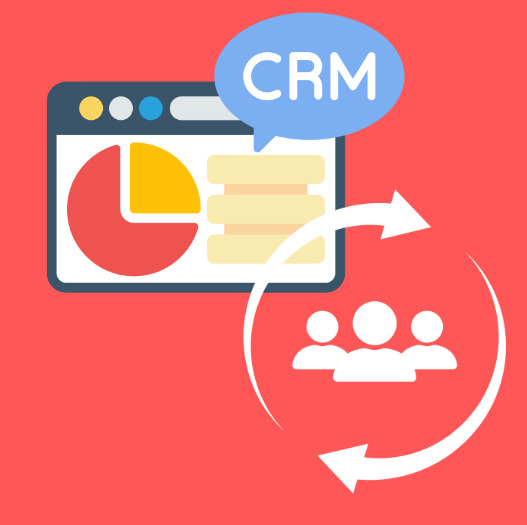Introduction
This article aims to provide you with a comprehensive understanding of how to maintain and grow relationships with customers after the initial sale. Effective post-sale management not only ensures customer satisfaction but also sets the stage for upselling, cross-selling, and long-term loyalty.
Why Post-Sale Relationship Management Matters
- Customer Retention: It’s far less expensive to retain a customer than to acquire a new one.
- Customer Lifetime Value (CLV): A well-managed post-sale relationship can significantly increase the CLV.
- Word-of-Mouth: Satisfied customers are more likely to refer new business to you.
- Data and Insights: Ongoing relationships provide valuable data that can be used to improve products and services.
Key Components of Post-Sale Relationship Management
- Onboarding: The immediate post-sale period is crucial for setting expectations and ensuring the customer understands how to use the product or service.
- Regular Check-Ins: Scheduled calls or meetings to discuss any issues, provide updates, and offer new solutions.
- Customer Support: Offer multiple channels (email, phone, chat) for customers to reach out with questions or problems.
- Feedback Loops: Implement systems to gather and analyze customer feedback for continuous improvement.
- Loyalty Programs: Offer rewards or incentives for repeat purchases or referrals.
Strategies for Effective Post-Sale Management
- Personalization: Use the data gathered during the sales process to personalize interactions.
- Proactive Communication: Don’t wait for the customer to reach out with a problem; be proactive in identifying potential issues.
- Cross-Selling and Upselling: Use the post-sale period to introduce additional products or features that can add value to the customer.
- Customer Education: Provide resources, webinars, or training sessions to help customers get the most out of your product or service.
Best Practices
- Segment Your Customers: Not all customers are the same; tailor your post-sale strategies based on customer segments.
- Automate Where Possible: Use CRM systems to automate routine communications but keep the human touch for complex issues.
- Measure Satisfaction: Use metrics like Net Promoter Score (NPS) to gauge customer satisfaction.
- Act on Feedback: Make it a practice to act on customer feedback and let them know that their voice is heard.
- Review and Adapt: Continuously review the effectiveness of your post-sale strategies and be willing to adapt.
Key Takeaways
- Post-sale relationship management is crucial for customer retention and maximizing CLV.
- Effective post-sale strategies involve a mix of personalization, proactive communication, and value addition.
- Measurement and adaptation are key to long-term success in post-sale relationship management.



